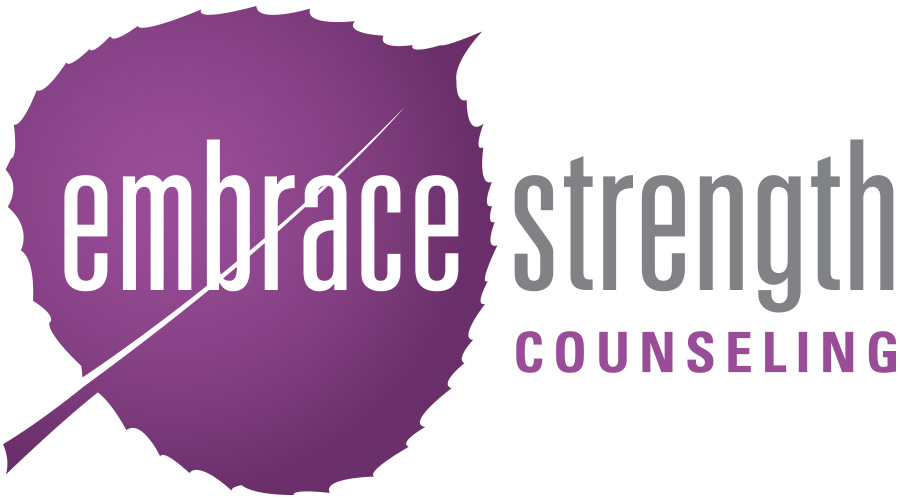Eating disorders lure us in with the promise they will make us more worthy then trap us in a cycle of never good enough. As an eating disorder specialist, I find myself discussing feelings of shame with every single client at some point along their journey toward eating disorder recovery. Shame is a master emotion because of how intense and powerful it is and we all experience shame. So what is shame? Brené Brown defines shame as the “intensely painful feeling or experience of believing that we are flawed and therefore unworthy of love and belonging.”
We are all social beings and have an innate need for love and belonging. It makes sense that if you feel flawed and unworthy of love and belonging, you would do almost anything to feel worthy. This is where an eating disorder, or Ed as some like to call it, comes in. Ed convinces us that the way to become worthy is to lose weight, to change our shape and size, to take up less space. It’s not surprising considering we are all entrenched in diet culture which worships thinness and promotes weight loss as a means to attaining a higher status.
So Ed comes along and tells us the lie that if we lose weight, we will be worthy. Ed is fueled by shame and very powerful. The more we listen to and act on Ed, the stronger Ed becomes. Diet culture reinforces this message and perpetuates Ed’s lies – people compliment you, you feel more attractive, like you belong, etc. . .
What I know to be true though is that eating disorders don’t lead to anything good – Ed is a life thief and rooted in shame. Shame leaves us feeling trapped, powerless and isolated – just like an eating disorder. Building shame resilience is a key part of recovering from an eating disorder. Since it’s not possible to just not feel shame, it’s important we learn to overcome feelings of shame. The goal of building shame resilience is to feel empathy, connection, power and freedom. So how do you build shame resilience? By practicing these 4 steps:
- Identifying shame
- Recognizing the messages underlying shame
- Reaching out
- Speaking about shame
An important thing to remember is that shame needs to be acknowledged and understood before we can overcome it. I’m honored to help my clients build shame resilience as part of their road to recovery and to watch as they become more powerful, more free, and more connected than ever before.
Interested in learning more about building shame resilience as part of eating disorder treatment? Feel free to contact us – we’d love to chat about how we can support you!

